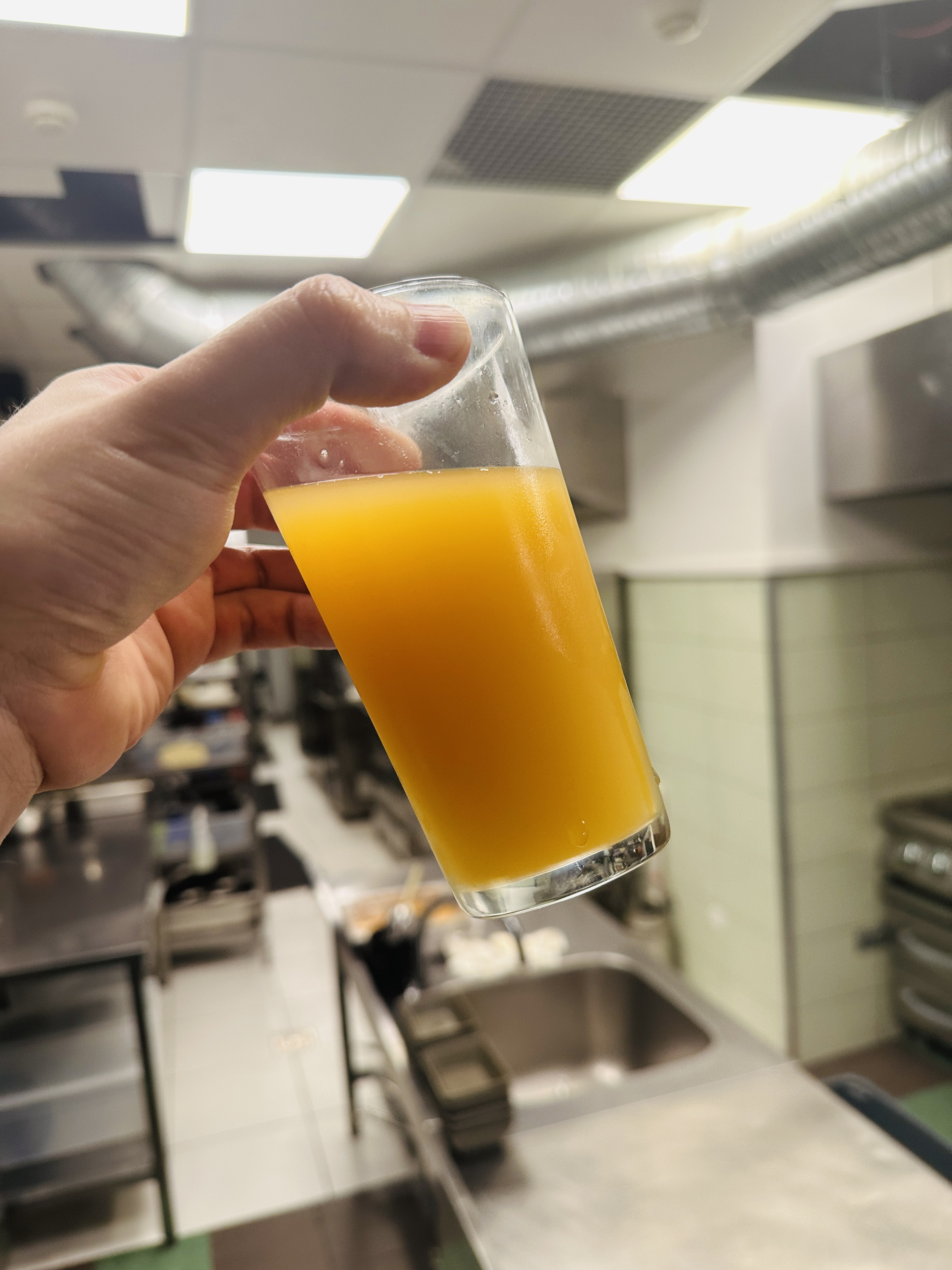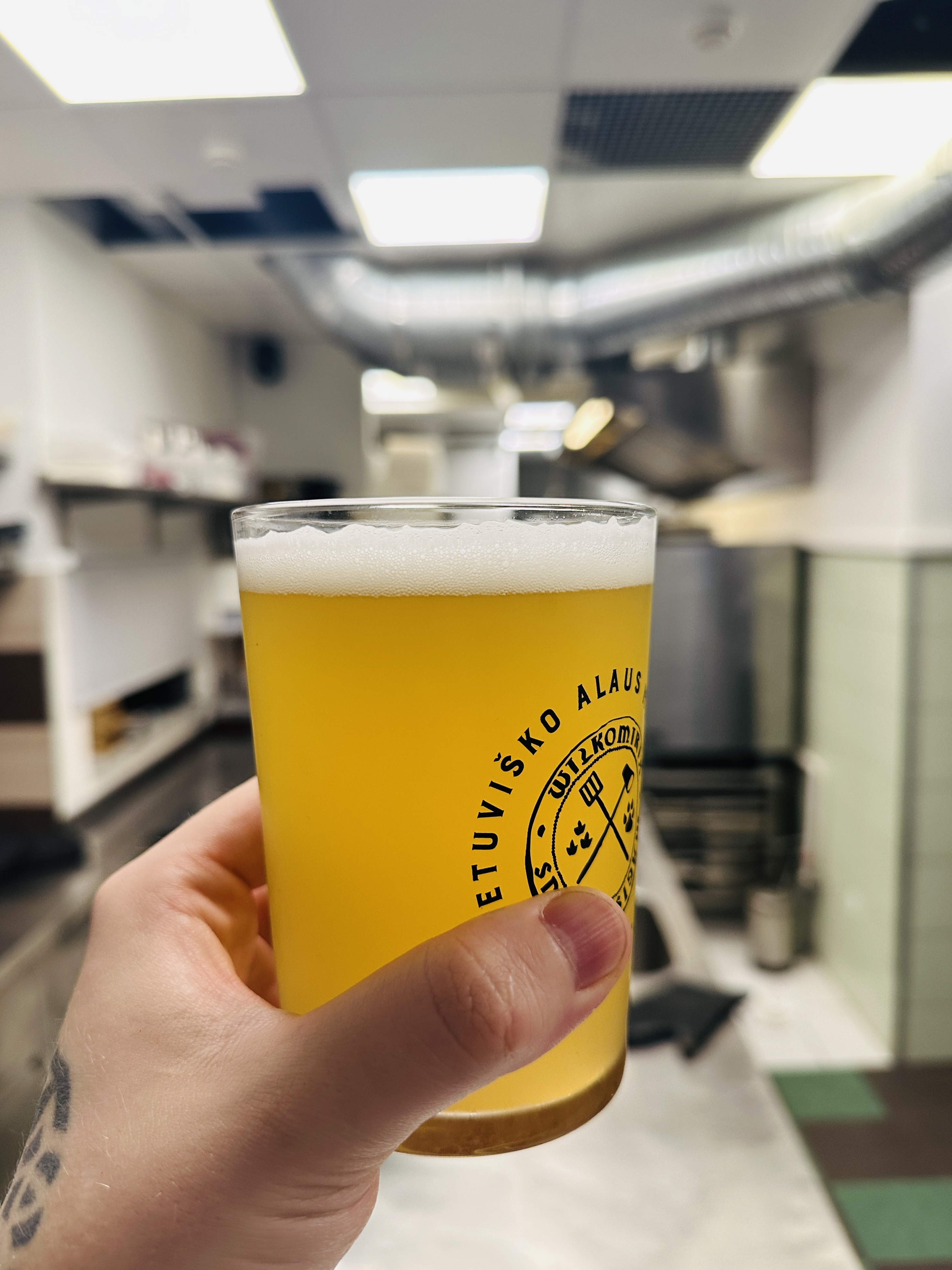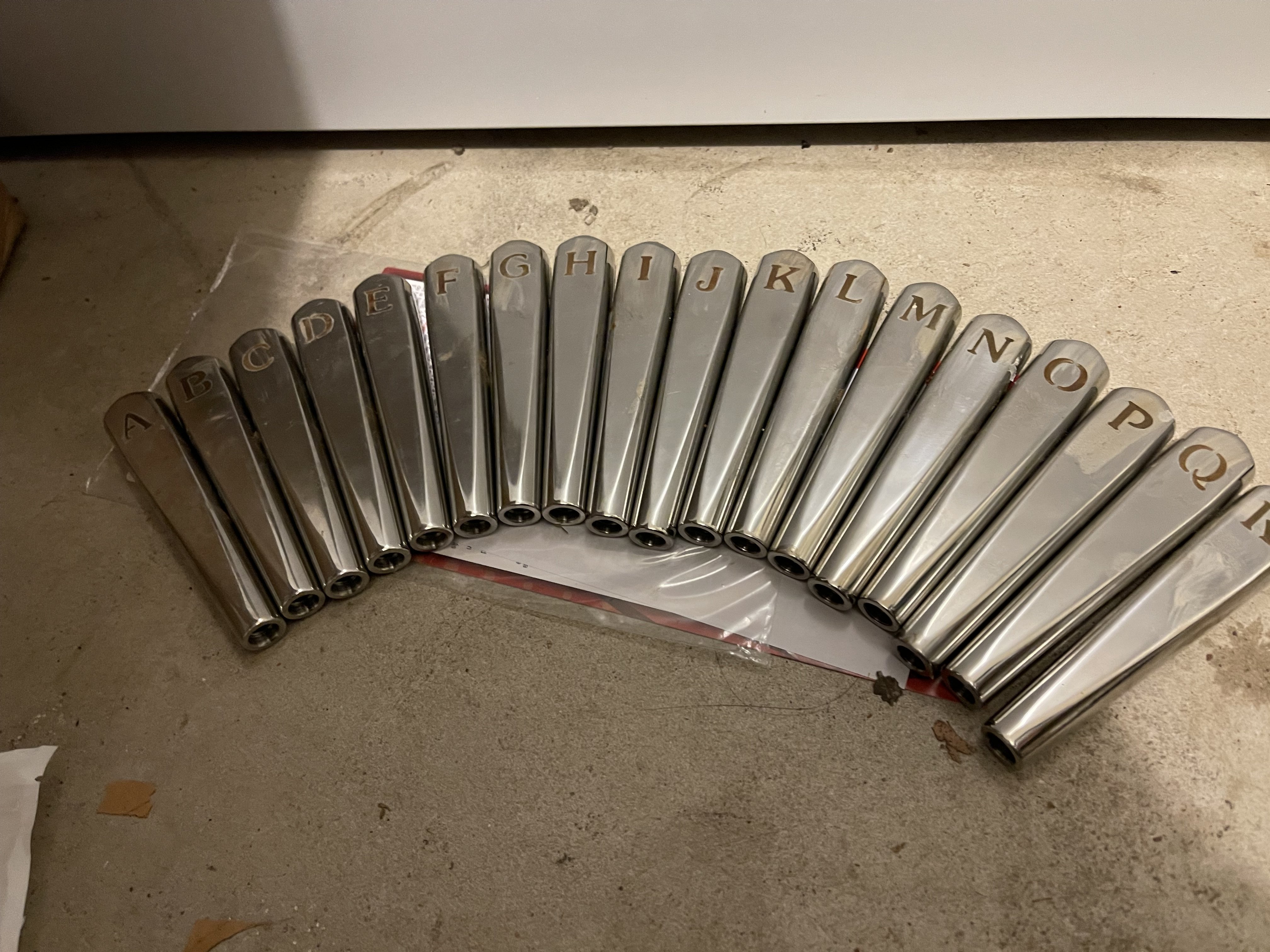Takeshi_pilis
Well-Known Member
I have two. One has longer needle one shorter. Might I be efing up in mashing too high temp? For example. Short needle measures about 8cm deep. Long one like 15cm. The temp in diferent depths is diferent. If the shorter gives 67 the deeper temp is like 69 or sooo. But the grain floats on top in the bag. So thats that. Not sure about this part.You are making progress, but I would caution you to try to simplify a little more in your early stages here. No sense in rushing to complicated recipes and process until you are making great beer. Great beer IS made with simple processes!
Things to check:
1) Thermometer. Is it accurate?
2) Mash Temps. Are you really at the right temps for the entire time?
3) Volume Losses. Keep track of what you start with and how much gets lost at every step. Put that in the software then check if you actually need more water to begin with. Which might lead to needing more grain to hit your gravity target. This is dialing in your System and is more important than anything at this point.
4) Mash Step Times. You are a beginner but I will share with you an advanced technique - do not use mash times but rather stay in your rests based upon gravity readings. What does this mean? Well, your last brew had one mash step and mashout, so you would stay in that one rest until you reached your preboil gravity. Makes sense right? Why exit at 60 minutes and leave some gravity behind when you could mash for longer and get to your target? After 60 minutes, take a reading and then take a reading every 10 minutes until you are at your target. Then go to mashout. Mash times are just for convenience in explaining to new brewers and an educated guess for 'most malts & systems'. Take the guessing away and take control of your brew day.
I do 60min mashes. I set timer 4 times in 15min periods to monitor temperature (and heat up ofc if the temp drops) and give everything a big swirl with the spoon.
Yea I will do the ruler method that guys sugested. Sounds prety easy and should give me more data.
Damn this sounds reasonable. I will try tro split diferent “techniques” (sparge, extended mash) for diferent brew days. To see whats giving me the best efic and feels most suitable for my system in all aspects.













![Craft A Brew - Safale S-04 Dry Yeast - Fermentis - English Ale Dry Yeast - For English and American Ales and Hard Apple Ciders - Ingredients for Home Brewing - Beer Making Supplies - [1 Pack]](https://m.media-amazon.com/images/I/41fVGNh6JfL._SL500_.jpg)















































